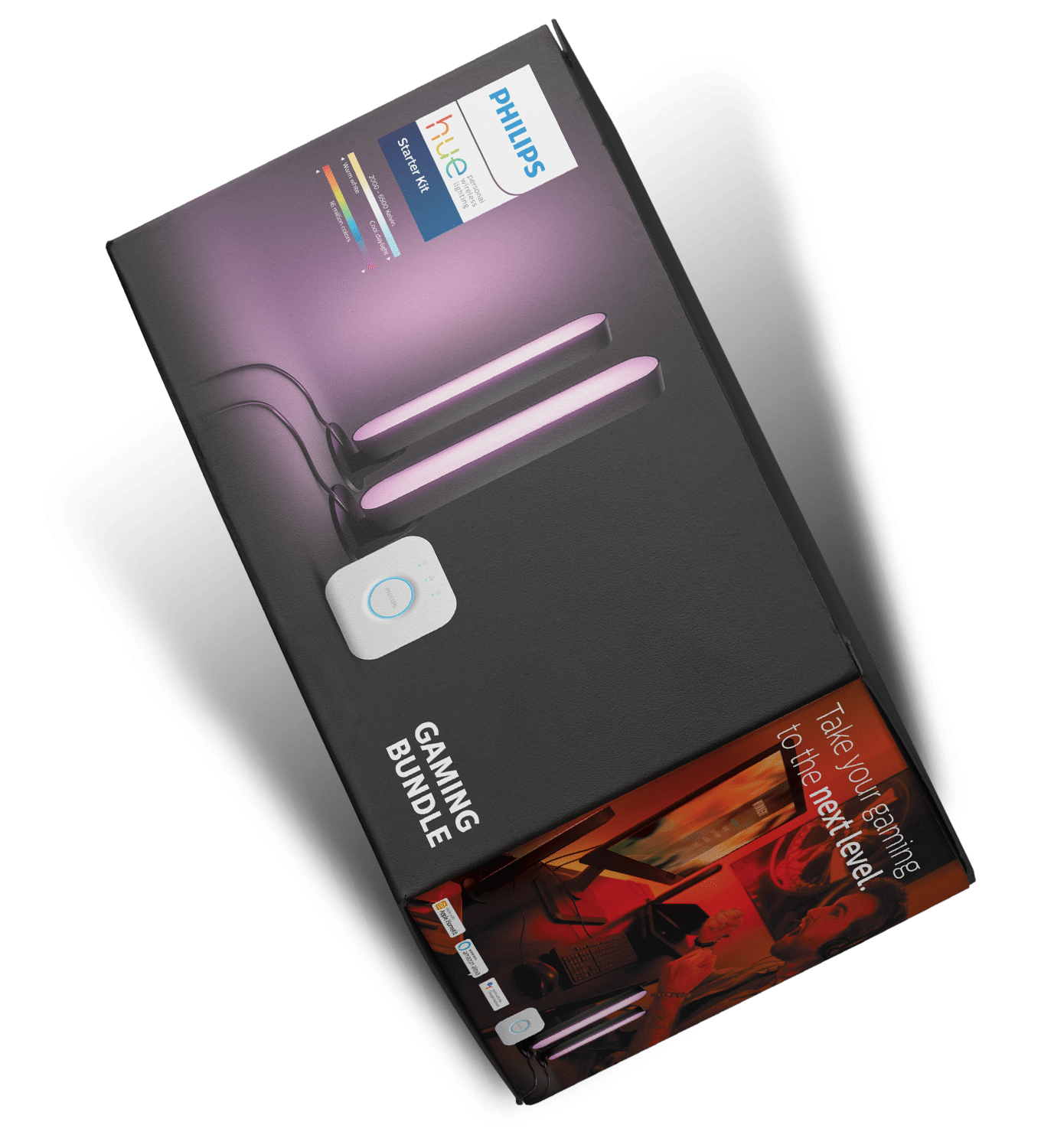Creativity: It’s logical really.
17 February 2020
It’s what people think of or perceive when they see or hear your brand name.
One of the ways you build that perception is through advertising. There are others, of course, such as your brand’s values, the kind of people you hire, and how you behave as a corporate citizen. Entire books can and have been written about this sort of thing, so for the purpose of this article, we’ll just stick to advertising.
Advertising is the fun part of bringing your brand to life. It’s the stuff that people see.
It could be a TV commercial, a billboard, a social media post, EDM (electronic direct mail), whatever.
Because it’s such a cluttered market out there, with everyone vying for consumer attention, the temptation is to do something wild and wacky.
To get noticed simply for the sake of being… noticed.
Fair enough. After all, you want your advert to be talked about by people at fashionable parties. But you also want to make sure that when people are talking about it, they’re talking about it in the right way.
To do that, you need to control your message – to temper all that creativity with a logical process that ensures what you say and how you say it appeals to your audience and supports your brand.
This process (or “rules” if you like) is encapsulated in what we call a Creative Brief.
A brief should be completed before any creative thinking even starts, whether you’re producing the campaign in-house or using an external supplier.
Rule Number One: Always go back to your brand essence
It’s that single sentence we talked about last month; that succinctly describes your brand’s relationship with your customer.
Your brand essence should be the mantra that is chanted throughout every stage of the creative process.
It doesn’t mean you have to be boring. Far from it. But it does mean you remain consistent.
I cited Coke in the previous issue as a great example of this consistency at work. Their ads are fun and vibrant and vary. But the overall theme or message remains consistent.
Look at Mainland Cheese as another example. Everything they do comes back to the fundamental message of “good things take time”.
Rule Number Two: Know your audience
When you’re briefing your team to come up with creative that resonates with your target audience, you really need to pinpoint who that target audience is.
A throwaway line of “women aged 25 to 50” simply won’t do.
Your team needs to know your target market as a real, well-rounded individual – not as a statistic.
A great example of this sort of thing at work is a scene from the movie What Women Want.
Mel Gibson (before he offended Hollywood) plays the creative director of a large ad agency. He’s pitching a campaign to his client. As part of the preamble, he shows a video of a woman jogging in a park. This, he says, is the client’s target market. As the client watches, he describes in intimate detail everything about this person – her passions, her family life, what she likes to eat for breakfast, what annoys her, what makes her happy and so on (it’s a wonderful scene that all budding creatives should watch – lobby NetFlix and demand it, if it’s not already there).
At the end of Mel’s presentation, you feel like you really know this person – which in turn means you know how to talk to them.
Third Rule: Drill down to the single most compelling message that you want your ad or campaign to communicate
This is often the hardest part of the process – to sift through all of that information about your product or service (all of which you happen to think is equally wonderful and important) and end up with one sentence of no more than 13 words that will convince your target audience to choose you over your competitors.
Each campaign you do will probably have a different proposition. A tactical one-off ad, for example, will require a different proposition to a product ad, which in turn will have a different proposition to a brand awareness ad.
It can be painful process, true. But it’s essential. Because it focuses everyones’ thinking and ensures your communication is clear, concise and relevant.
Now for the final rule
Back your proposition up with facts. This is what we call the “why should your audience care?” phase – or, to put it another way, the reason for them to believe your claim. Your communication doesn’t have to include every benefit under the sun. Think of it instead as a smorgasbord of goodies that your creative team can pick and choose from to create a compelling message.
These rules shouldn’t be an impediment to creativity. In fact, they’re quite the reverse. They’ll help you create campaigns that are relevant, compelling and true to your brand.











